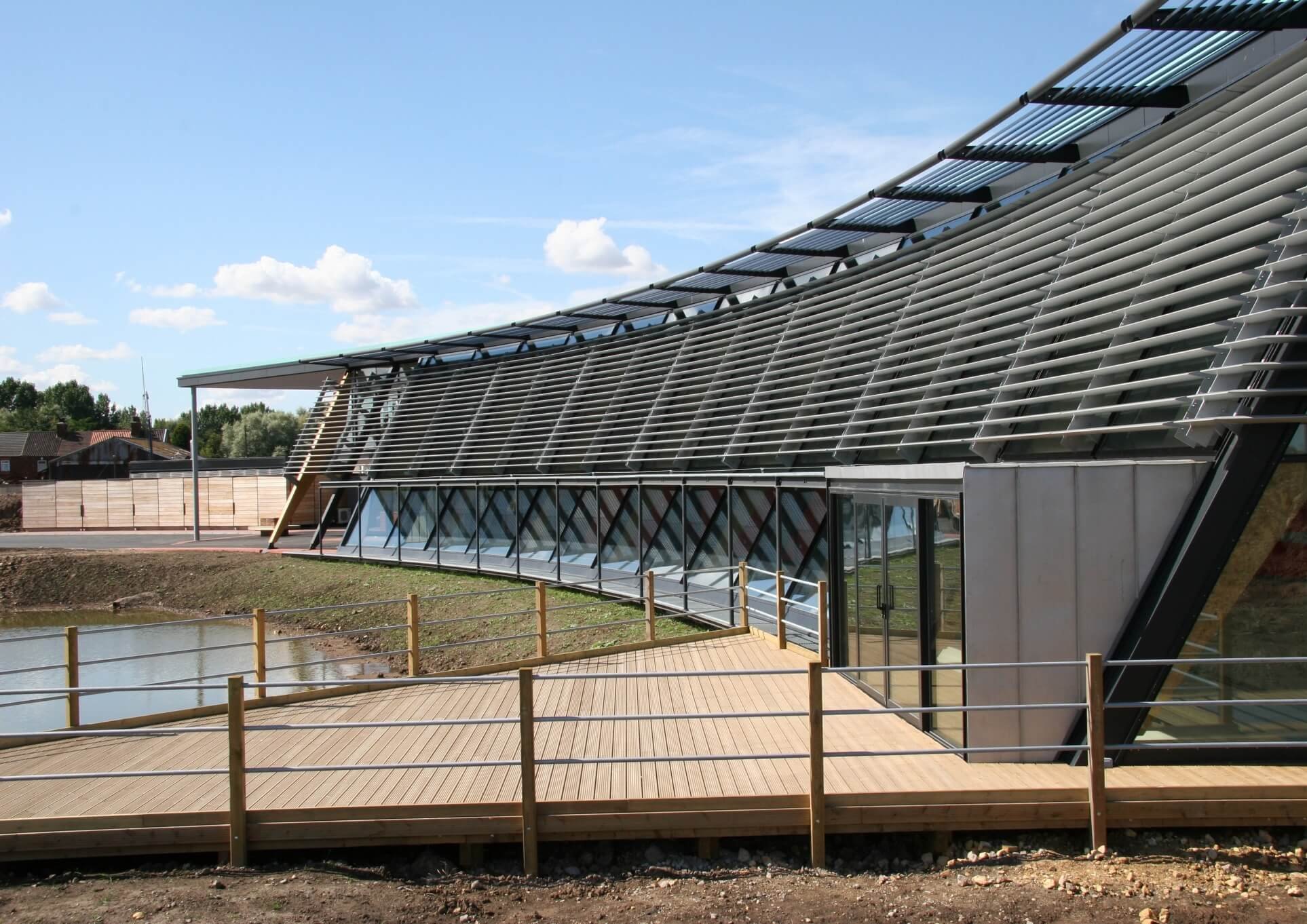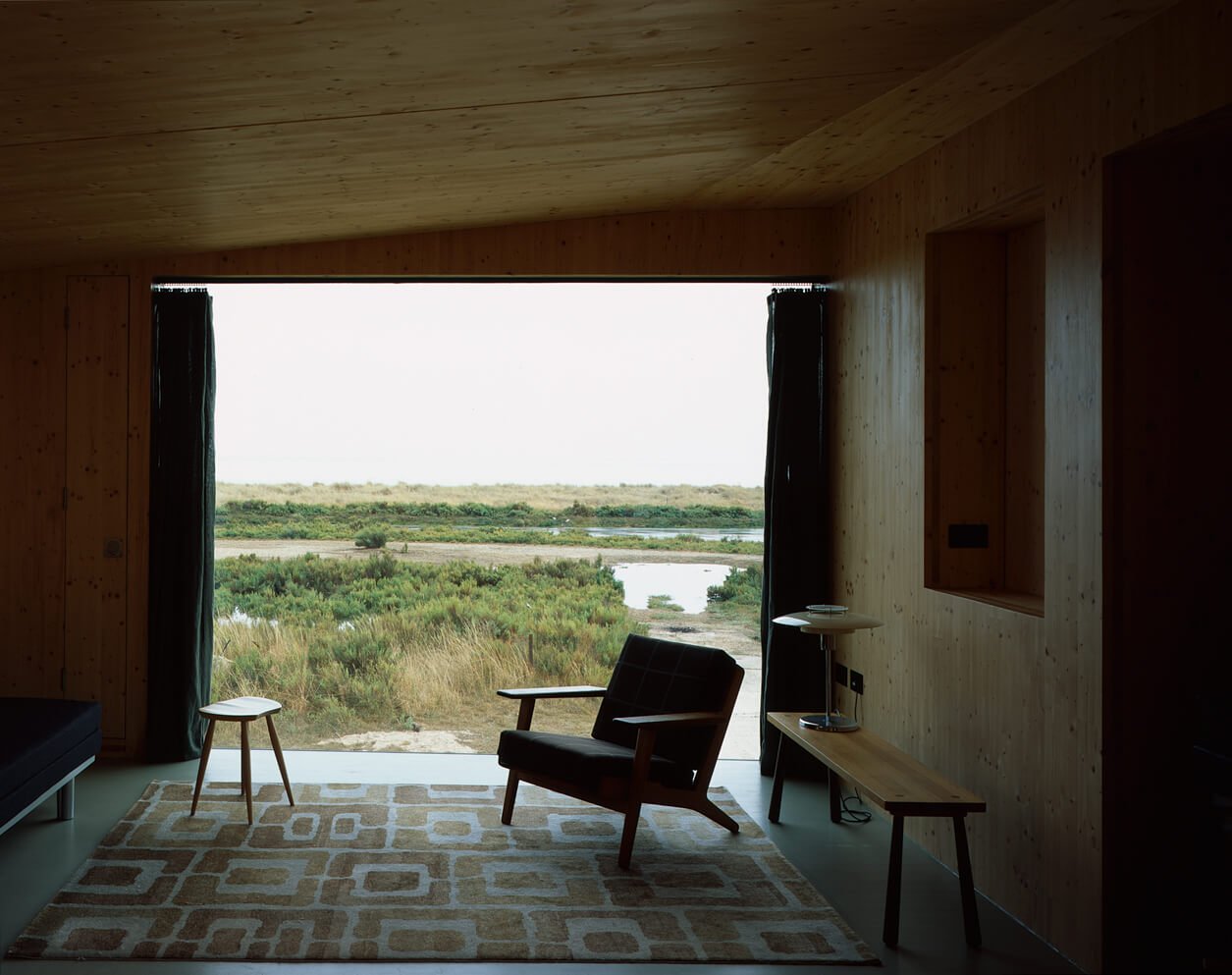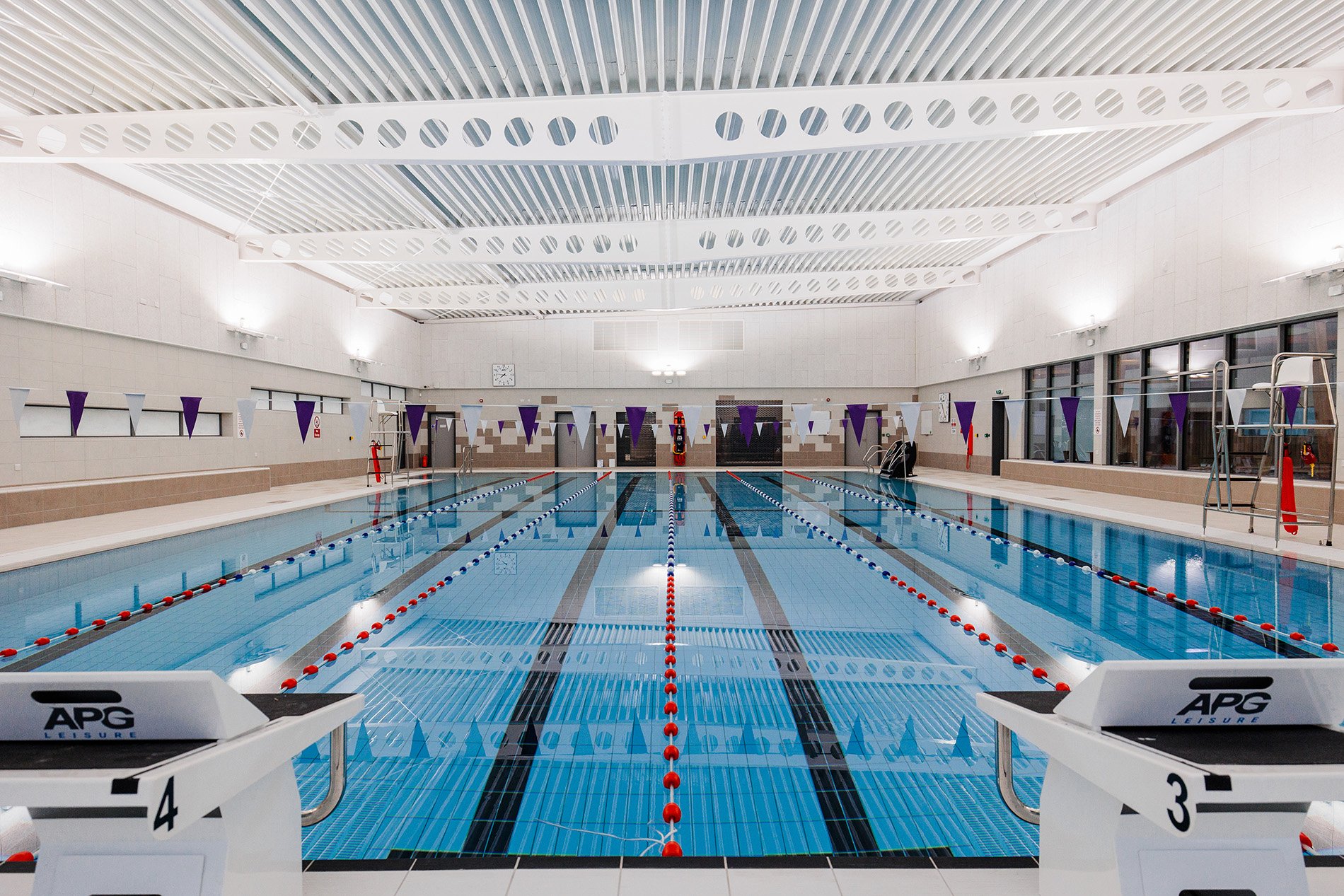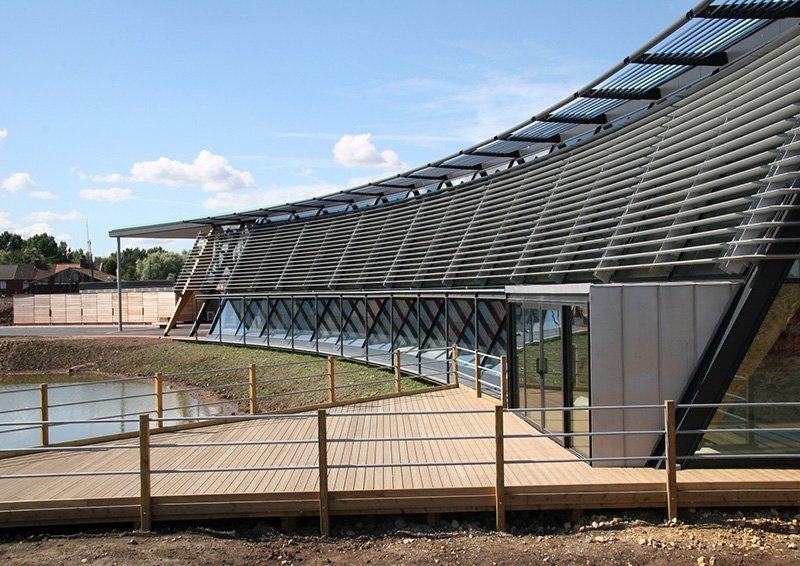
Our Commitment to Sustainability

Our Commitment to Sustainability

Our Commitment to Sustainability
At Furness Partnership, we recognise our responsibility as structural engineers to enhance sustainable practices in the built environment and within our workforce. Designing with the future in mind, it is our duty to ensure clients are able to mitigate the environmental impact of their projects while creating infrastructure that will serve generations to come.
Key Impact Areas
Our Targets
Educate clients on embodied carbon
Having incorporated embodied carbon calculations into our basic scope of work for all medium to large projects, we share our learnings with clients to allow informed decision-making towards effective carbon mitigation.
Target 10% embodied carbon reduction YoY
We have calculated our average baseline carbon performance by project type to target year-on-year reduction until 2030. By achieving a consistent reduction of 10%, we will be in line with the industry’s 2030 targets in the roadmap to Net Zero.
Target 5% Scope 2 emission reduction YoY
While our operational emissions are minimal, we empower our staff to make more environmentally friendly choices on a daily basis to contribute to reducing our Scope 2 and 3 emissions. Minimising energy use and travel emissions are our key target areas.
As structural engineers, the biggest impact we can have on the environmental performance of our projects is through the mitigation of embodied carbon (EC). The emissions produced through material production can be reduced through efficient design and responsible material sourcing.
Furness average structural carbon rating (CO2,e/m2 ) by building typology, 2015-2024
New Build
Refurbishment
We have applied the IStructE calculating carbon principles to a range of recent projects across varying typologies to understand our baseline performance and set targets for future improvement. We target a 10% YoY reduction in embodied carbon in all projects from these baseline values. This allows us to identify high environmental impact areas in our designs and advise clients on quantified mitigation measures. Our engineers are experts in refurbishment, structural retention and low carbon material design, and use these metrics to create optimum efficiency in their designs.











